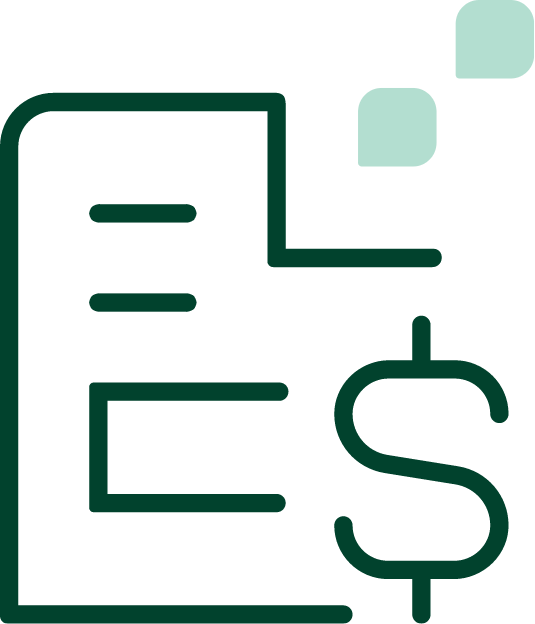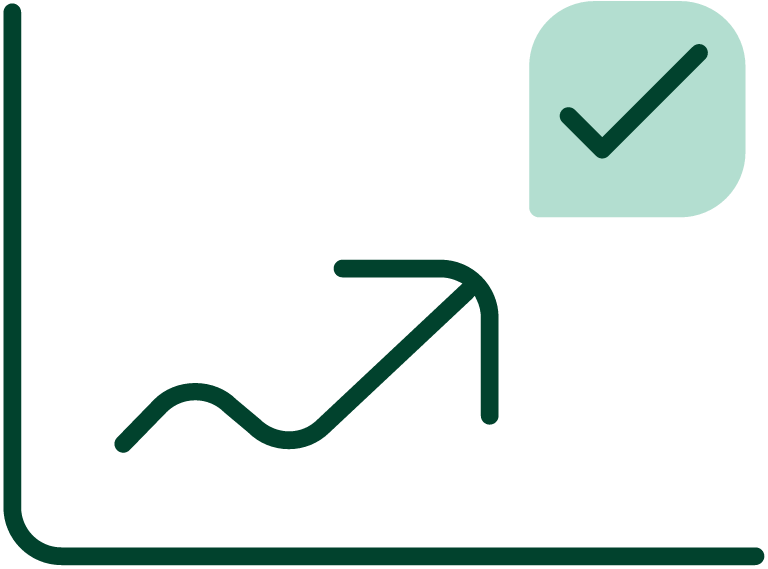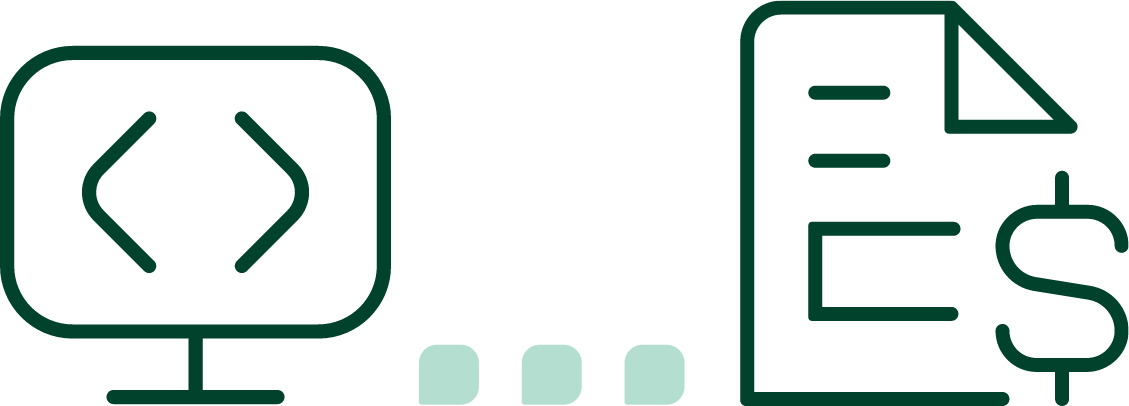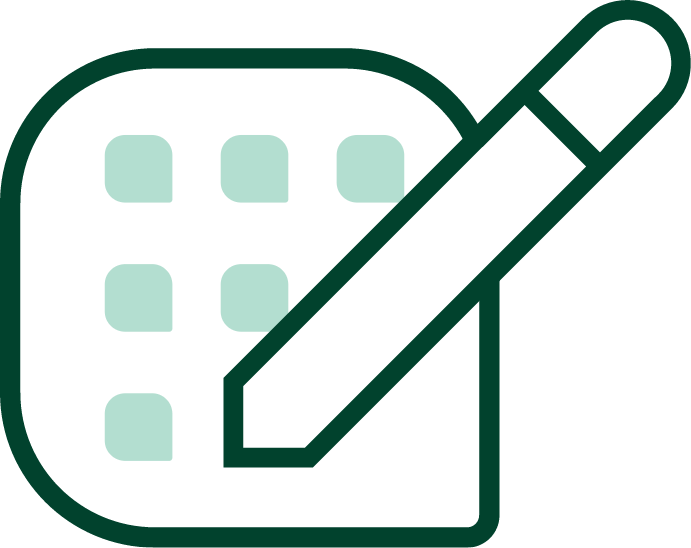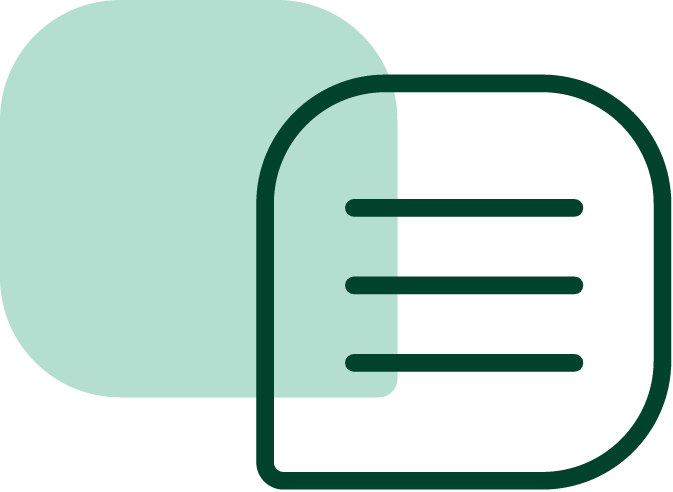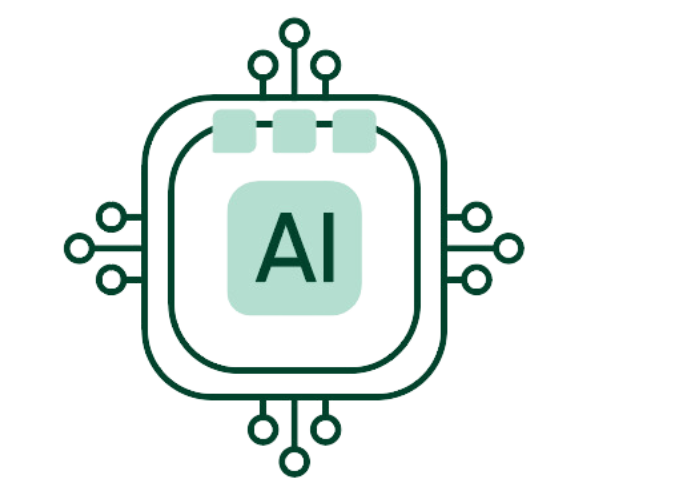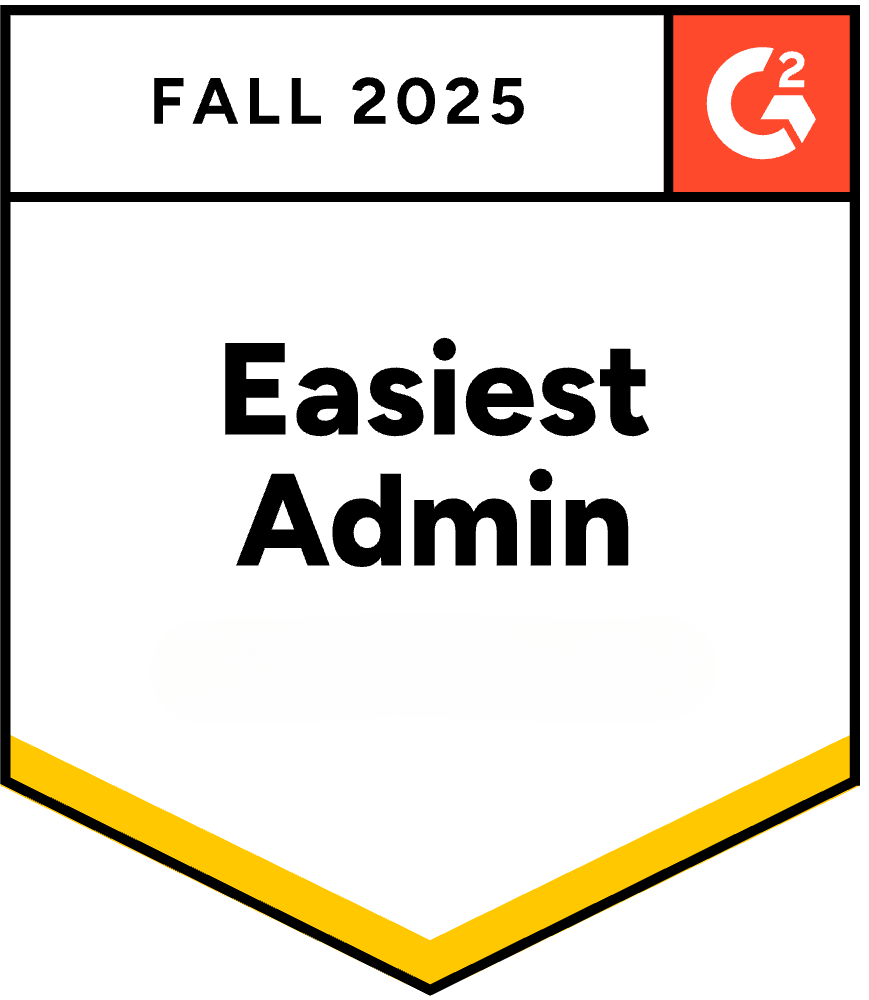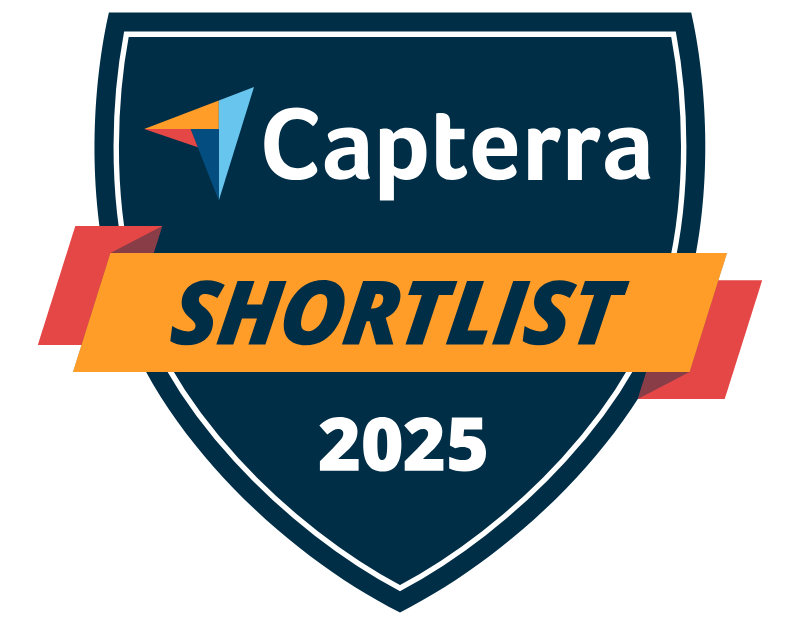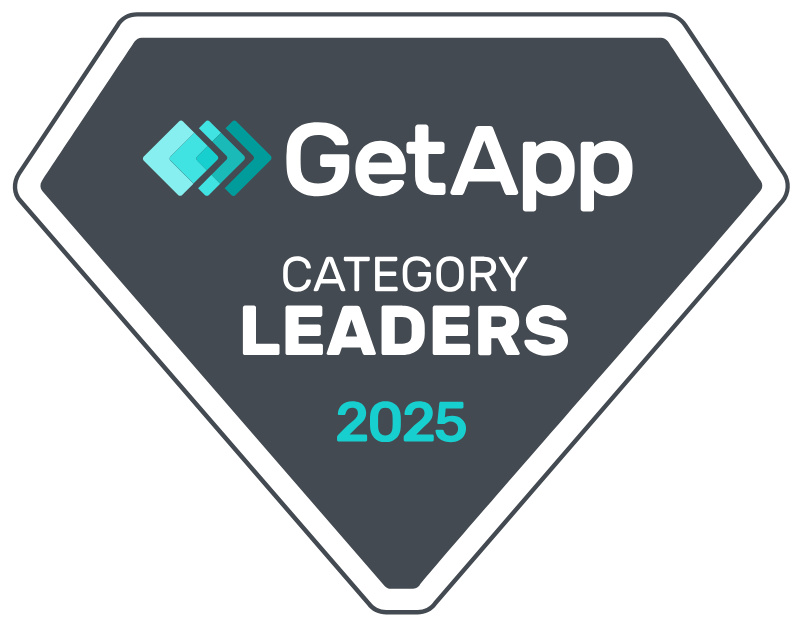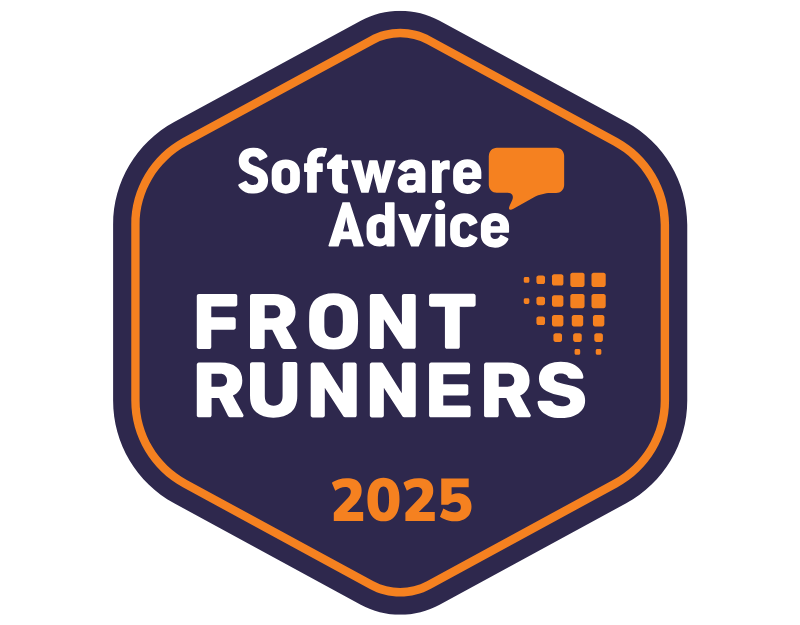Cash flow modeling is the process of matching a business’ expected income with expected expenses throughout the lifetime of the business. It is an ongoing process of taking current cash flow data from an organization and considering different scenarios (including worst-case scenarios) to forecast the company’s future financial position.
Cash flow modeling is often confused with the term cash flow statement modeling. However, it is different from cash flow statement modeling, which is the process of recording past cash inflows and outflows within a specific time period.
Why Cash Flow Modeling is Critical for Financial Planning
Operating cash flow in financial modeling is a metric that can change according to a company’s fluctuating revenue and expense. Since accurate cash flow modeling must continuously gather cash flow data that is dynamic in nature, many businesses rely on cash flow modeling tools that automate the process. This is more accurate and efficient than relying on spreadsheets, yet still offers the same benefits.
These include:
- More accurate cash flow forecasting. Proper cash flow modeling also takes into consideration factors such as seasonality and current economic conditions. This helps businesses more accurately predict when they need to obtain a short-term loan and ensure that they have enough cash to pay for operating expenses and employee paychecks.
- Improve risk management. Cash flow modeling helps ensure businesses are more resilient at a time of climbing interest rates, inflation, economic recessions, supply chain disruptions due to mergers or acquisitions, or a supplier with financial issues.
- Improve credit management. Cash flow modeling identifies patterns and trends that can help businesses more accurately predict payment delays for specific customers. It can then anticipate cash shortages and adjust its credit terms accordingly. It can also model various scenarios in which it offers different credit terms for customers and mitigate high-risk situations in advance.
- Optimize cash flow management. Cash flow modeling helps CFOs and their finance teams proactively plan for different scenarios, such as: deciding when the business should use its excess cash to pay down debts; when it should capitalize on an investment opportunity; or when it should focus on obtaining a short-term loan due to anticipated shortages.
Key Components of a Cash Flow Model
Cash flow models are built according to individual needs of a company and the data that it has on hand. Regardless of the specific cash flow model, they all have a number of common denominators.
These include:
- The business objective. Does your business want to reduce debt, improve risk management of liquidity, or determine the best investments for future growth? Different goals require the modeling of different scenarios.
- Current data and analytics. Gather records of past cash inflows, outflows, and cash balances for the purpose of identifying patterns and trends in payments and customer behavior.
- The time period. Businesses typically report their cash flows either daily, weekly or monthly. Daily reporting is more suitable for short-term cash flow management for specific customers, whereas monthly reporting is more suitable for long-term cash flow management. Weekly reporting is used for businesses that are paying back debt or managing future liquidity risks.
- The forecasting method. Choose between direct and indirect cash flow forecasting methods depending on your reporting period and the accessible data. Direct forecasting is based on actual cash flow and more appropriate when using daily and weekly reporting periods since actual cash flow past 90 days is typically limited. Indirect forecasting is based on balance sheets and more appropriate when using monthly reporting periods.
5 Main Types of Business Cash Flow Modeling
Many different cash flow models exist, but each one is built for a different purpose and goal for your business. Your business may use different ones simultaneously to make various business decisions, or switch models if their goals change.
Here are a few of the main ones:
Discounted Cash Flow (DCF)
The Discounted Cash Flow model uses an expected future cash flow to determine the value of an investment. For example, investors use this model to help decide whether or not to invest in a company by determining its value as an investment.
Three statement model
Takes income statements, balance sheets and cash flow statements over a period of time to determine the projected income over a five-year period. It offers financial analysts a holistic picture of the company’s financial health.
Rolling forecast model
Particularly useful for dynamic cash flow planning, the rolling forecast model updates cash flow projections on an ongoing basis to allow for greater adaptability to both market and internal changes.
Merger model
The merger model estimates the financial impact of a merger based on the combination of the cash flows of each company. It is typically used as part of a M&A analysis.
Budget model
Specifically for financial planning, the budget model is used by financial teams for financial planning and controlling costs. It distributes the budget to different departments according to a company’s needs.
How Gaviti Helps You Improve Cash Flow Modeling
A/R teams face a number of challenges that create inefficiencies, lack of visibility and employee churn. First, they spend an inordinate amount of time on repetitive work that could be easily automated, preventing employees from focusing on higher-value tasks that move the business forwards. Second, they don’t have access to the most updated cash flow data. Finally, due to a combination of financial issues, poor management of invoices, and failure to send reminders well in advance of the due date, many go unpaid, leading to write-offs for the business.
Gaviti’s autonomous invoice-to-cash solution delivers A/R teams the visibility, predictability and efficiency that they need while at the same time lowering DSO by 30% or more within 6 months and decreasing late receivables by 50%. Gaviti’s AI copilot also works throughout your entire A/R solution both to gather information, optimize text and workflows, and make proactive suggestions for improvement. (e.g., improve emails, workflows, suggest credit limits, etc).
Other benefits include:
- Automating the collections process, including invoicing and distribution, payment reminders, prioritization of tasks, and customized dunning workflows that deliver the right message to the right customer at the right time through its collections management.
- Delivering real-time A/R data in a centralized place so that your business can proactively adjust its cash flow model according to different trends and issues it identifies in advance. Up-to-date cash flow and payment data also helps ensure your business provides accurate cash flow forecasting.
- Dynamically managing credit according to different cash flow scenarios according to payment data and other relevant information gathered in real-time, with an AI copilot that makes suggestions based on the data at hand.
- Reducing the need for manual processes by automating cash application, which in turn minimizes payment delays and avoids disputes caused by error and accelerates the reconciliation process to strengthen your cash flow.
- Accelerate payments and reduce delays with a Customer Self-Service Portal that allows customers to view pay 24/7 and supports multiple payment methods and currencies directly through the portal. The the data is then updated in real-time which means companies can more accurately forecast their cash flow.
- Reduce write-offs and ensure a smoother cash flow through streamlining and managing customer disputes and deductions, with fully customizable workflows for routing and tracking disputes. Both alerts and resolutions are communicated in real-time.
Want to learn more about how Gaviti can help you improve your cash flow? Schedule a demo today!

